Chemicals list & Research Gallery
CAS number: 302-11-4
Carbamate is an amino-acid anion. It is a conjugate base of a carbamic acid.
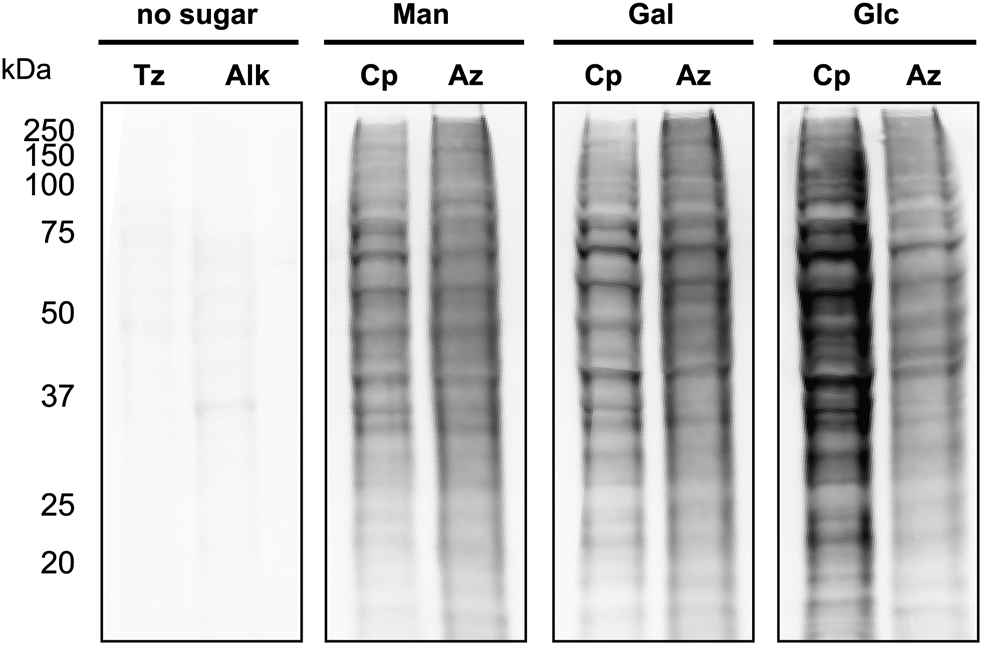
Carbamate-linked cyclopropene sugars label cellular glycoproteins.
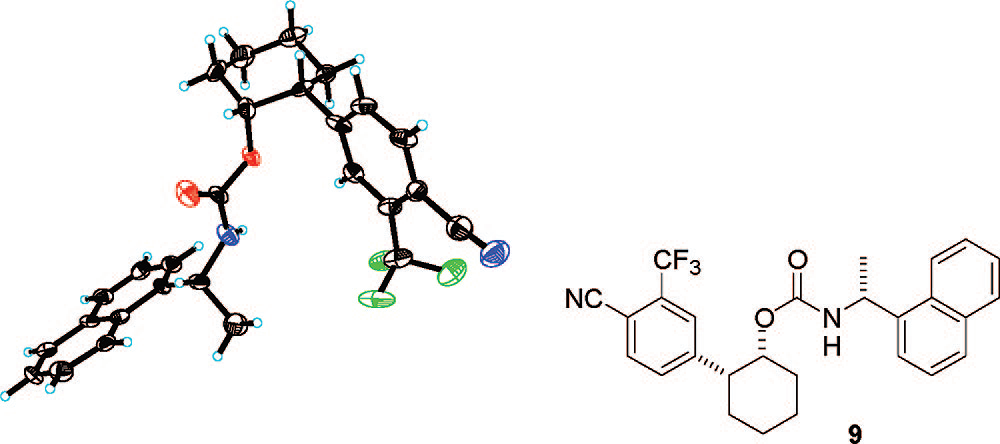
ORTEP plot of carbamate derivative 9.
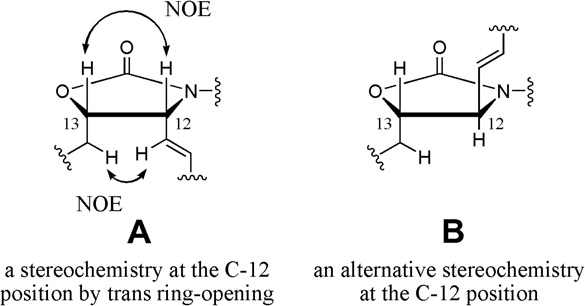
Possible configuration at the C-12 and C-13 positions in cyclic carbamates.
CAS number: 302-84-1
Serine is an alpha-amino acid that is alanine substituted at position 3 by a hydroxy group. It has a role as a fundamental metabolite. It is an alpha-amino acid and a polar amino acid. It contains a hydroxymethyl group. It is a conjugate base of a serinium. It is a conjugate acid of a serinate. It is a tautomer of a serine zwitterion.
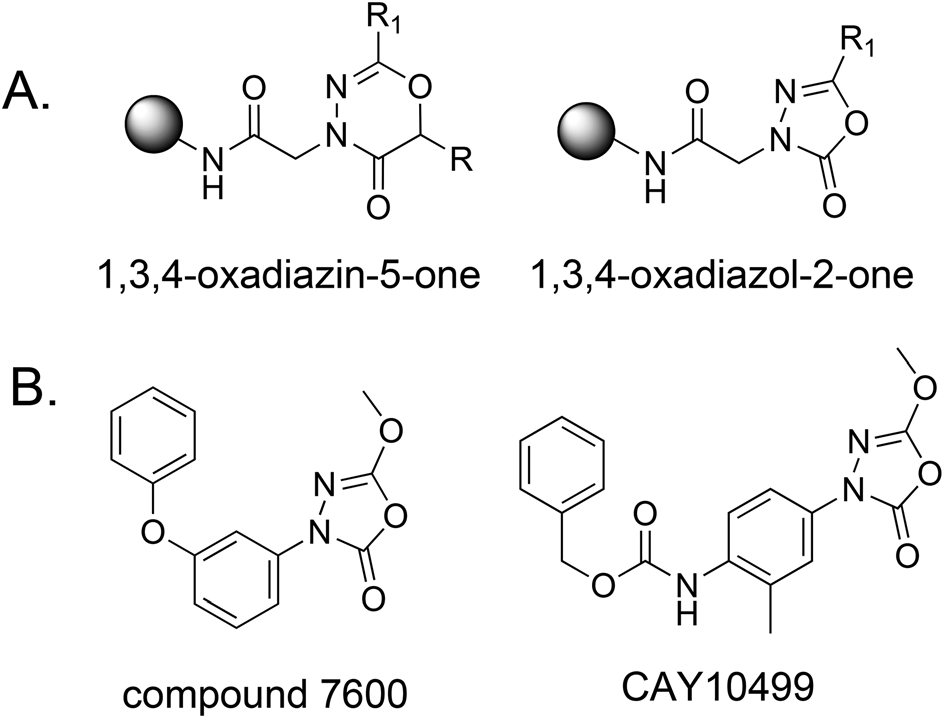
Structures and function of the target molecules of this study. (A) General structures of the two types of heterocycles created here. (B) Structures of two 1,3,4-oxadiazol-2-ones reported to be inhibitors of serine hydrolases.
CAS number: 303-81-1
Novobiocin is an antibiotic compound derived from Streptomyces niveus. It has a chemical structure similar to coumarin. Novobiocin binds to DNA gyrase and blocks adenosine triphosphatase (ATPase) activity. (From Reynolds, Martindale The Extra Pharmacopoeia, 30th ed, p189) Novobiocin sodium, a salt form of novobiocin, was initially approved in September 1964 and was indicated for the treatment of serious infections due to susceptible strains of Staphylococcus aureus when other less toxic antibiotics cannot be used. In 2009, the FDA determined novobiocin sodium was withdrawn from sale for reasons of safety or effectiveness.
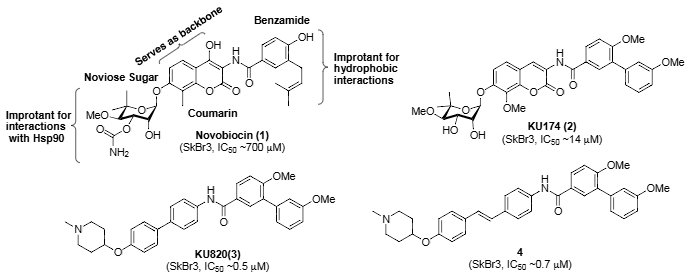
HSP90 C-terminal inhibitors: Novobiocin, KU174, KU820.
CAS number: 3034-38-6
5-Nitroimidazole is a nitrogen heterocyclic compound that is a key component in the development of various drugs with antimicrobial, antiparasitic, and antiviral properties.
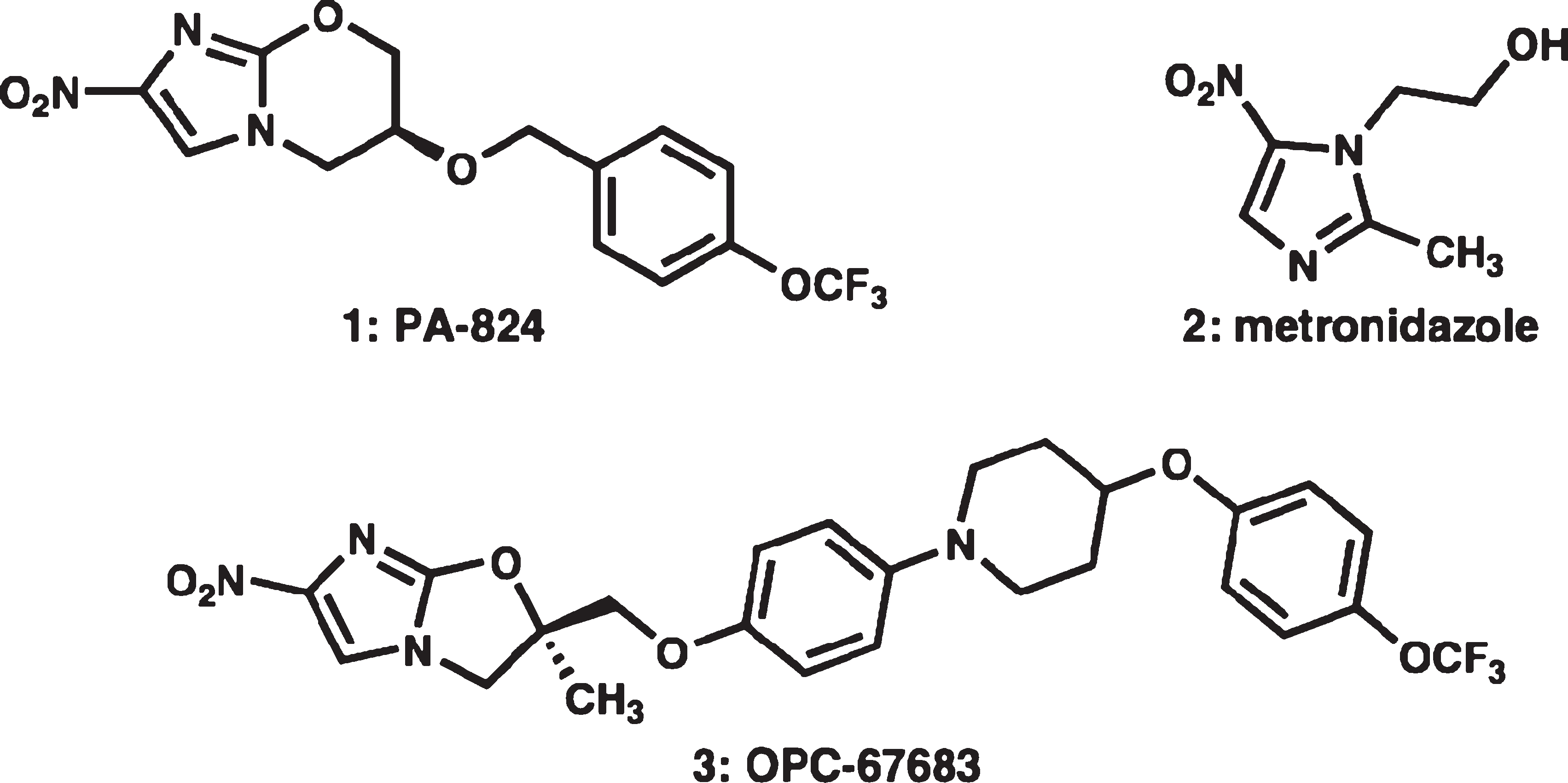
Nitroimidazole drug candidates for tuberculosis.
CAS number: 30516-87-1
Zidovudine is a pyrimidine 2',3'-dideoxyribonucleoside compound having a 3'-azido substituent and thymine as the nucleobase. It has a role as an antiviral drug, an antimetabolite and a HIV-1 reverse transcriptase inhibitor. It is a pyrimidine 2',3'-dideoxyribonucleoside and an azide.

Several Pharmacologically Useful Agents Containing Uracil and Piperazine Moieties: 5-Fluorouracil, Uramustine, Methylthiouracil, stavudine, zidovudine, prazosin, trazodone, Fluanisone, urapidil.
CAS number: 3056-17-5
A dideoxynucleoside analog that inhibits reverse transcriptase and has in vitro activity against HIV.

Several Pharmacologically Useful Agents Containing Uracil and Piperazine Moieties: 5-Fluorouracil, Uramustine, Methylthiouracil, stavudine, zidovudine, prazosin, trazodone, Fluanisone, urapidil.
CAS number: 30782-41-3
Thiophene, 2,2′-ethenylidenebis- (C₁₀H₈S₂) is an organosulfur compound consisting of two thiophene rings linked through a vinylidene (-CH=) bridge at their 2-positions. This structure gives it a conjugated π-electron system, which can influence its electronic and optical properties, making it of interest in materials science, especially in organic semiconductors and conductive polymers. It appears as a yellow to orange crystalline solid, is relatively hydrophobic, and is typically synthesized via coupling reactions involving thiophene derivatives.

Phenylthienylethenes 9a,b and dithienylethenes 9c-e.
CAS number: 308067-53-0
Hydrocarbon is a group of organic compounds that consist of only hydrogen (H) and carbon (C) atoms and are involved in energy production. They may be cyclic or non-cyclic compounds. They may have double bonds, single bonds or both with carbon forming the backbone.
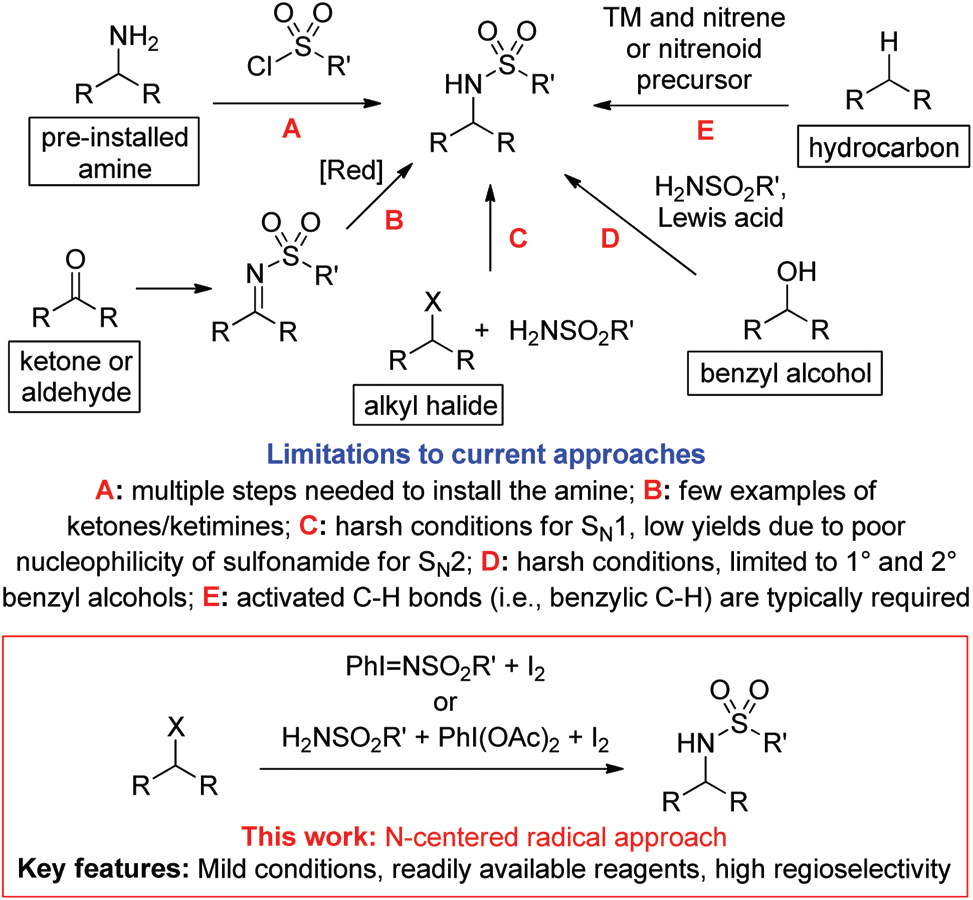
Current approaches for installation of a N-alkyl sulfonamide unit to a hydrocarbon core.
CAS number: 308368-86-7
Topopyrone D is a naphthochromene that is 4H-naphtho[2,3-g]chromene-4,6,11-trione substituted by hydroxy groups at positions 5, 7 and 9 and a methyl group at position 2. It is isolated from fungal strains Phoma and Penicillium and acts as an inhibitor of the enzyme topoisomerase I. It has a role as an antimicrobial agent, an antineoplastic agent, an antiviral agent, an EC 5.99.1.2 (DNA topoisomerase) inhibitor and a Penicillium metabolite. It is a naphthochromene, a member of phenols and a member of p-quinones.

Synthesis of Topopyrones B and D
CAS number: 309935-57-7
Tubulysin D is a highly cytotoxic anti-microtubule toxin (anti-microtubule toxins) that is synthesized as an ADC cytotoxin (ADC Cytotoxin). Tubulysin D can be isolated from the myxobacteria Archangium geophyra and Angiococcus disciformis.
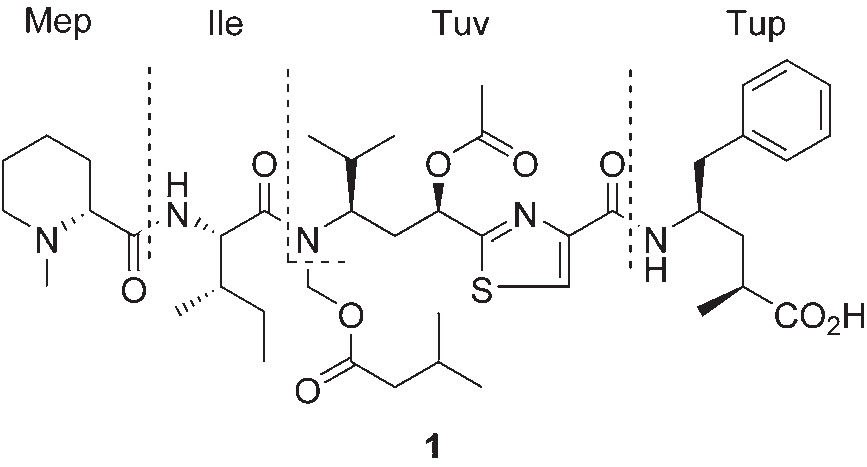
Tubulysin D (1).